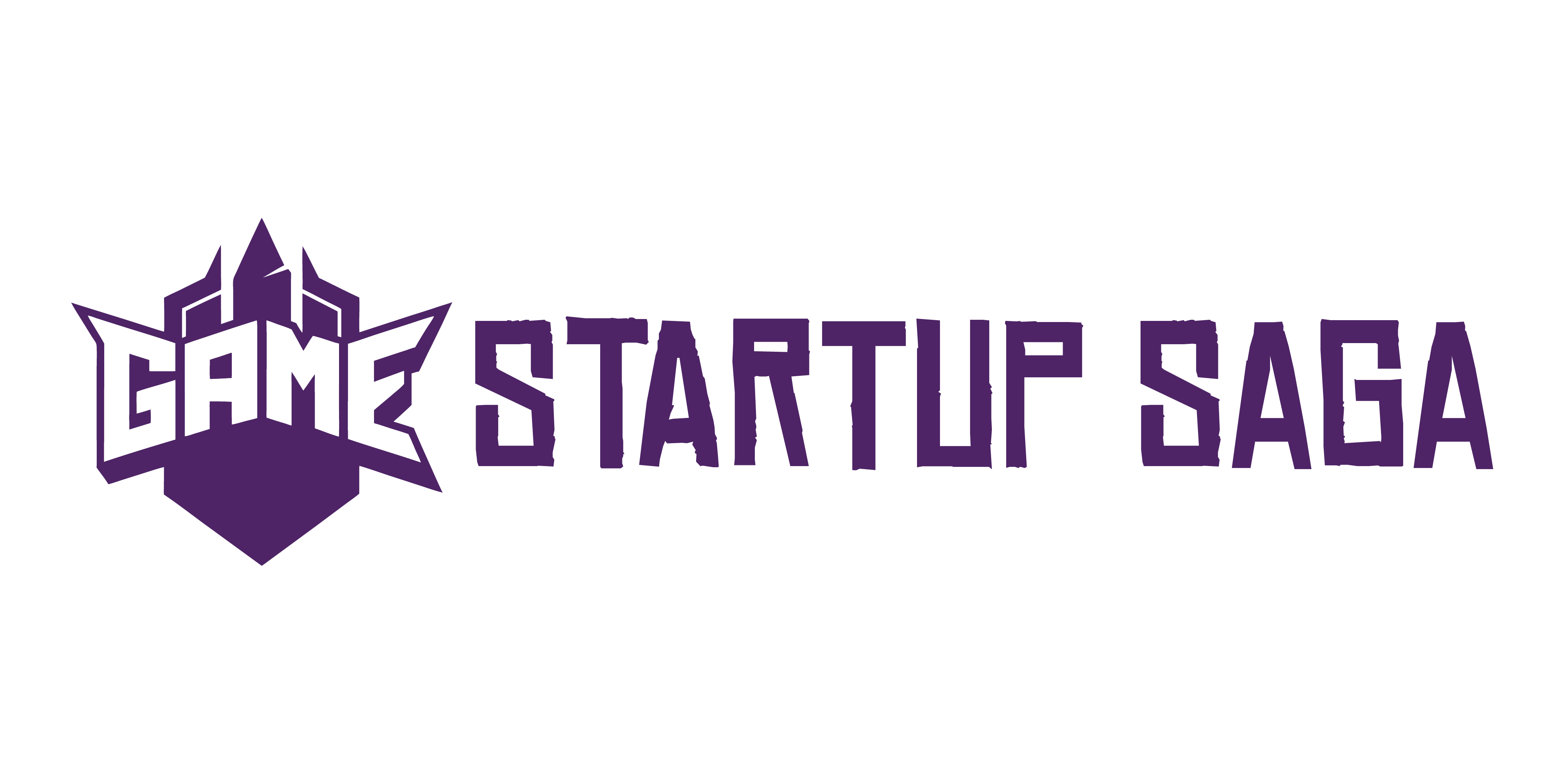Why Relationships Matter in Game Funding
More Than Just a Game
When it comes to early-stage funding, investors aren’t betting solely on the graphics, gameplay, or even the market size — they’re betting on the people behind those elements. Your personal credibility, how you communicate, and whether you can carry a vision long-term are just as important as your pitch deck.
- Investors evaluate founders as much as — or more than — their products
- First impressions matter, but so does consistency over time
- Passion is important, but execution builds real interest
The Power of Trust and Transparency
Trust is a dealmaker. Investors want to know you won’t ghost them two months after funding or fall apart under pressure. Developers who communicate clearly—especially when things go wrong—tend to build stronger, longer-lasting investment partnerships.
- Be proactive with updates (good or bad)
- Share wins, but don’t hide challenges or uncertainties
- Outline a vision that’s both ambitious and grounded
Transactional vs. Relational Funding
Not all funding is created equal. Some developers chase the first check available, but that can lead to misalignment and missed expectations. Relational funding—where there’s real mutual interest over the long term—often pays off with more flexibility, better advice, and stronger support.
Transactional Funding:
- Often short-term and goal-specific
- Little involvement beyond writing a check
- Easier to secure, harder to grow with
Relational Funding:
- Built on shared values and vision
- Involves ongoing strategic input
- Encourages growth beyond just the first game
Start thinking of investors not just as funders, but as future collaborators. The stronger your relationship, the stronger your chances of lasting success.
Step 1: Know Your Ideal Investor
Not all money is created equal. For game developers, a big early decision is choosing between strategic and financial backers. Strategic investors bring more than just cash—they bring contacts, guidance, distribution support, and often a deep understanding of the gaming industry. They might be publishers, platforms, or game-focused funds that can actually help shape your product. Financial backers, on the other hand, are here for returns. They usually care less about what genre you’re building and more about how fast you’re scaling and how profitable your unit economics look.
Smart developers look past the check size and ask: who really gets what I’m trying to build? Top-tier game investors aren’t just funding games—they’re supporting founders who know their audience, have something unique to say, and can actually execute. They want to see polish in the pitch, clarity in the roadmap, and a team that’s not just passionate but sharp.
If you’re pitching a narrative-heavy indie, a strategic backer who loves story-driven games will be more useful than a VC who just wants to talk margins. Align vision first. Otherwise, you’re setting yourself up for long-term friction.
Pick partners who speak your language—both creatively and commercially. Your cap table should help, not haunt you.
Step 2: Build Before You Pitch
Before you think about raising a dollar, make sure you’ve actually got something to show. A slick prototype or a functional proof of concept gives investors something tangible to evaluate. It doesn’t have to be pretty, but it needs to prove one thing: your idea works. Bonus points if it feels fresh, fun, or solves an obvious need in the market.
Next, show that other people—not just you—care. Build a small but real community. Whether you’re generating buzz on Discord, Reddit, or TikTok, what matters is evidence of early traction. Comments, followers, people who voluntarily test your builds—these are all signs that your idea’s got legs. Alpha testers are gold. They don’t just test; they validate.
Then come the numbers. Know them cold. CAC (Customer Acquisition Cost), retention rates, time-in-game—these aren’t fluff. They tell a story about your growth potential and whether people actually want to come back to your game. If you can’t measure your momentum, expect a pass.
Build, measure, prove. That’s how you earn the right to pitch.
Step 3: Make Contact the Smart Way
Getting your game in front of the right investor usually starts well before a formal pitch. Warm introductions—through industry events, incubators, or mutual connections—still carry the most weight. Show up to GDC, demo days, or niche pitch nights. You’re not always pitching your game right then, but you are pitching yourself.
Can’t find a warm intro? Time to write a solid cold email. Keep it short. Straightforward subject line. One-line hook on who you are and why you’re reaching out. Be specific about the ask. No war and peace, no playing coy. Link to a tight, clean pitch deck. Always make it easy for them to say yes to a quick call or reply.
Most importantly: offer value before asking for money. That could mean sharing insights on a trend, showing early traction in a niche they care about, or just being sharp enough in your research to clearly prove why you’re a fit. No one wants to invest in someone who only appears when they need cash. Build a network—not a wishlist.
Step 4: Pitch for a Relationship, Not Just a Check
When you’re pitching your game, don’t just talk about what it is—talk about what it can become. Investors don’t want a flash-in-the-pan success. They want staying power. Walk them through your roadmap with clarity: where the game is today, where it’s headed post-launch, and how you plan to get there. Show that you’ve thought about updates, expansions, community growth, and monetization phases.
Now is not the time to pretend everything is perfect. A little humility goes a long way. Be upfront about the risks—technical challenges, development timelines, market uncertainty. But don’t leave it there. Pair every risk with the plan you’ve got for tackling it. It shows maturity, and it builds trust.
Finally, explain how you’ll keep them in the know. Monthly email updates, quarterly calls, a private Discord—pick the channel, but commit to it. Investors want visibility, not surprises. When they feel like part of the journey, they’re more likely to reinvest, connect you to others, or ride out bumps with confidence.
Step 5: Nurture the Relationship
Getting funding isn’t the finish line—it’s the start of a new collaboration. Regular, no-fluff updates keep your investors in the loop and reduce the guesswork. Monthly or bi-monthly check-ins work well. Focus on milestones hit, roadblocks ahead, and key decisions coming up. Skip the hype, stick to substance.
Don’t treat your investors like walking wallets. The best ones bring more than money: connections, insight, and perspective you might not have. Treat them like part of the team—not passengers tagging along. That means asking for advice when needed, not just when you’re short on cash.
Clear, honest communication builds trust. Uncertainty is where anxiety creeps in. A simple, transparent update (even if it’s bad news) builds more confidence than silence ever will. Respect goes both ways. Your investors backed your vision—keep them in the loop enough to keep believing in it.
Common Mistakes to Avoid
Even the most promising game pitches can be derailed by avoidable missteps. When working with investors—especially in the gaming industry, where timelines and expectations can shift—clear communication, realistic promises, and consistent follow-through are key. Here are a few common pitfalls game developers should actively avoid:
Overhyping and Underdelivering
Investors appreciate ambition, but they also rely on accurate assessments of risk, scope, and capability. Overselling your vision without the foundation to back it up undermines credibility and future fundraising efforts.
- Be realistic about timelines and delivery milestones
- Don’t promise features or revenue you can’t support with data
- Aim for optimism — grounded in evidence
Ignoring Investor Feedback
Your investors often bring more than capital. Many have deep industry knowledge and tested insights. Dismissing or avoiding their input signals that you may not value them as strategic partners.
- Stay open to tough questions and critique
- View feedback as opportunity, not criticism
- Engage in dialogue rather than defensiveness
Disappearing Post-Funding
Funding isn’t the finish line—it’s a new beginning. Investors don’t expect daily check-ins, but going dark for months after receiving capital is a quick way to erode trust.
- Schedule regular updates (monthly or quarterly works well)
- Share both wins and setbacks — transparency builds confidence
- Be proactive with communication rather than reactive
By avoiding these missteps, you’ll not only keep your current investors aligned—you’ll also strengthen your reputation for future partnerships.
Terms and Stages of Typical Game Deals
Most game funding deals follow a pattern. Know it before you walk into any investor meeting.
First, there’s the term sheet. This outlines the basics: how much they’re putting in, what they get in return, and what happens if things go sideways. Nothing final yet, but it’s the foundation.
Next comes due diligence. Investors will ask for everything—team bios, codebase access, user metrics, even your cap table. Have your docs in order and be transparent.
Then, the investment agreement. This is the final legal contract. It defines equity split, board rights, future funding rules, and liquidation preferences. If you don’t know those terms, get a lawyer who does.
There may also be a milestone-based payment plan, especially in early-stage funding. That means you don’t get all the money at once—only as you hit key deliverables like MVP completion or closed beta testing.
Now, the basics you absolutely need to grasp:
- Equity vs. revenue share – They aren’t the same; know which one you’re signing up for.
- IP ownership – Crucial. Unless you’re okay losing control of your game, never blindly hand over rights.
- Vesting – Investors may want founder shares to vest. That’s normal, but know the timeline.
Without a grip on these terms, you’re flying blind. For devs who want to take it seriously, having legal counsel from the start isn’t overkill—it’s just smart.
Need funding tactics too? Read: How to Secure Funding for Your Game Startup
Final Thoughts
If there’s one constant in game development, it’s that nothing happens overnight. The same goes for investor relationships. Building real trust takes time, so don’t wait until you’re desperate or deep into production to start conversations. Investors can smell last-minute pitches a mile away.
Start by putting something useful on the table—insight, community traction, interesting data, or even just a clear and compelling vision. Be the kind of developer who shares, not just asks. Transparency isn’t a feature. It’s the currency that makes partnership possible.
At the end of the day, you’re not just building a game. You’re building a company, a reputation, and a network. Treat your investor relationships like long-term co-op campaigns: communicate, execute, and stay in the game with them. That’s how trust—and lasting success—gets built.




